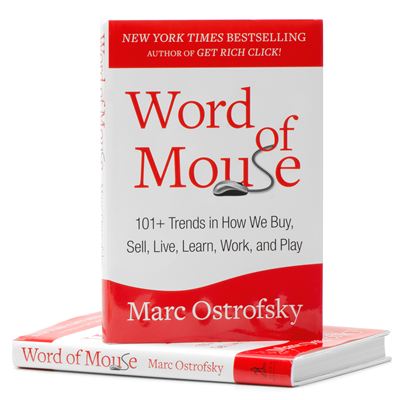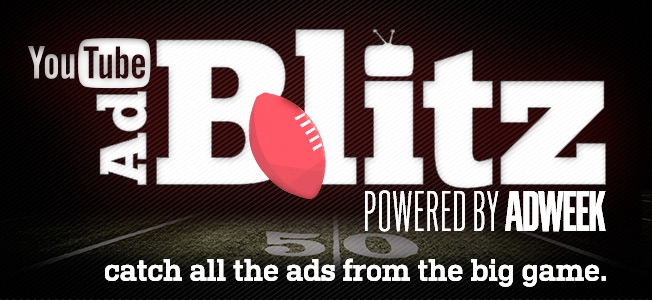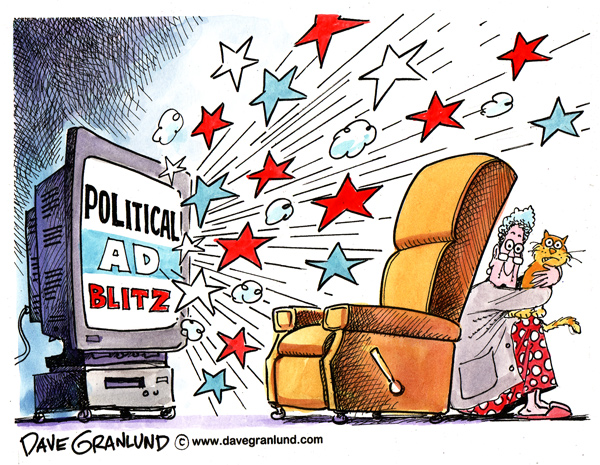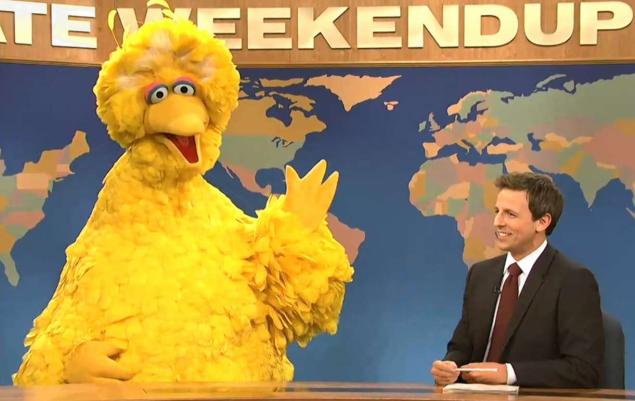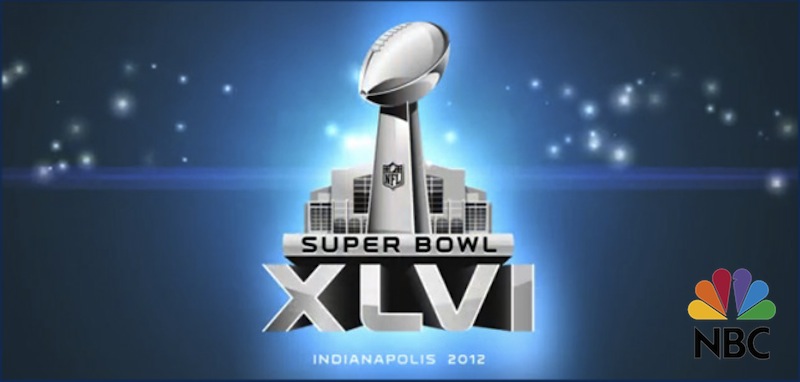 A new set of advertisements intended to get young people to sign up for Obamacare have been released online. Produced by The Colorado Consumer Health Initiative and ProgressNow Colorado, these ads are designed to be an antidote to conservative ads designed to scare young people away.
A new set of advertisements intended to get young people to sign up for Obamacare have been released online. Produced by The Colorado Consumer Health Initiative and ProgressNow Colorado, these ads are designed to be an antidote to conservative ads designed to scare young people away.
Rather than pay airtime or insertion rates, these ads are designed to generate social media buzz which, they hope, will drive traffic to the website. One way to create buzz is to push the envelope. The tactic has been used many times before. You might remember the GoDaddy.com Superbowl ads that were “too hot” for broadcast TV. Recently Kmart has been raising some eyebrows with a series of TV spots for the retailer. One recently played on the phrase “ship my pants” and another features an unusual performance of Jingle Bells.
What the Obamacare ads are attempting to do is to attract young healthy customers…the very demographic that is needed to fund medical care for the poor and elderly. Here’s a link to a video from HuffPo that provides running commentary on whether the approach will work with Millennials. What do you think? Are these ads effective and will they convince young people to sign up?

